Your cart is currently empty!
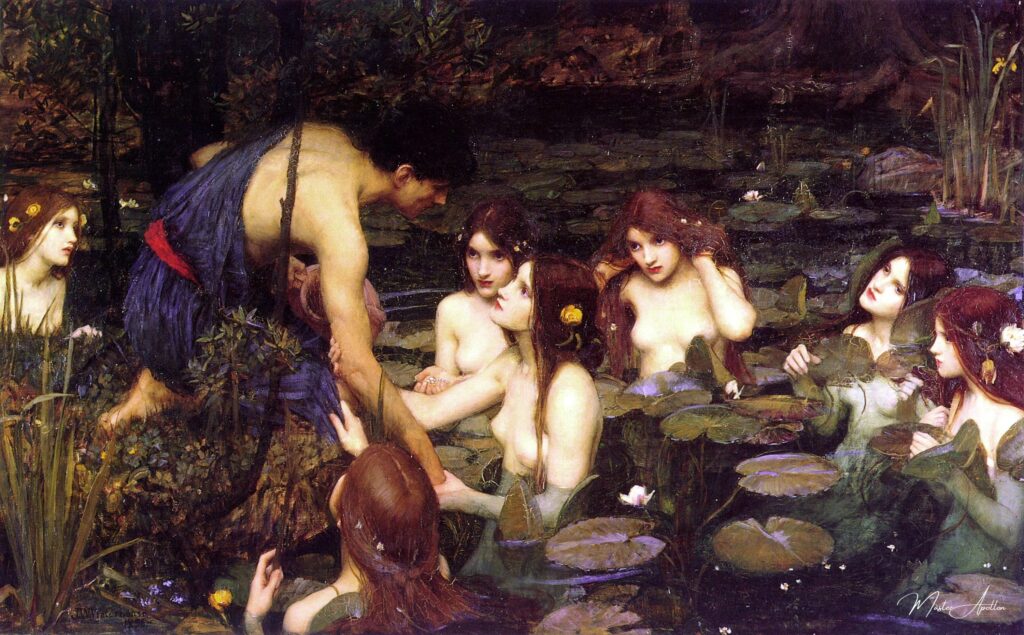
Hylas and the Nymphs – John William Waterhouse
Transform your space with the enchanting allure of our highest quality oil painting reproduction of “Hylas and the Nymphs” by John William Waterhouse. This stunning masterpiece, meticulously crafted with the finest materials, captures the ethereal beauty and emotional depth of the original artwork, inviting you into a realm where myth and reality intertwine.
Every brushstroke and hue has been …
Hylas and the Nymphs” by John William Waterhouse: Beauty, Myth, and Seduction
John William Waterhouse’s Hylas and the Nymphs (1896) is a quintessential example of the artist’s mastery in blending mythological themes with the allure of the Pre-Raphaelite style. The painting depicts a captivating scene from Greek mythology where Hylas, a companion of Heracles, is seduced and lured into a watery world by enchanting nymphs. Through its vivid storytelling, exquisite detail, and symbolic richness, Hylas and the Nymphs continues to captivate audiences over a century later.

The Mythological Tale
The story of Hylas originates in ancient Greek mythology. Hylas, a beautiful youth and a member of the Argonauts, accompanies Heracles on his journey to retrieve the Golden Fleece. During a stop on their voyage, Hylas wanders into the forest in search of water. At a spring, he encounters a group of nymphs who are entranced by his beauty. As he draws water, the nymphs seize him, pulling him into their watery domain.
This myth, rich in themes of beauty, seduction, and loss, has inspired numerous works of art and literature. Waterhouse’s interpretation uniquely captures the tension between desire and danger, imbuing the scene with both sensuality and foreboding.
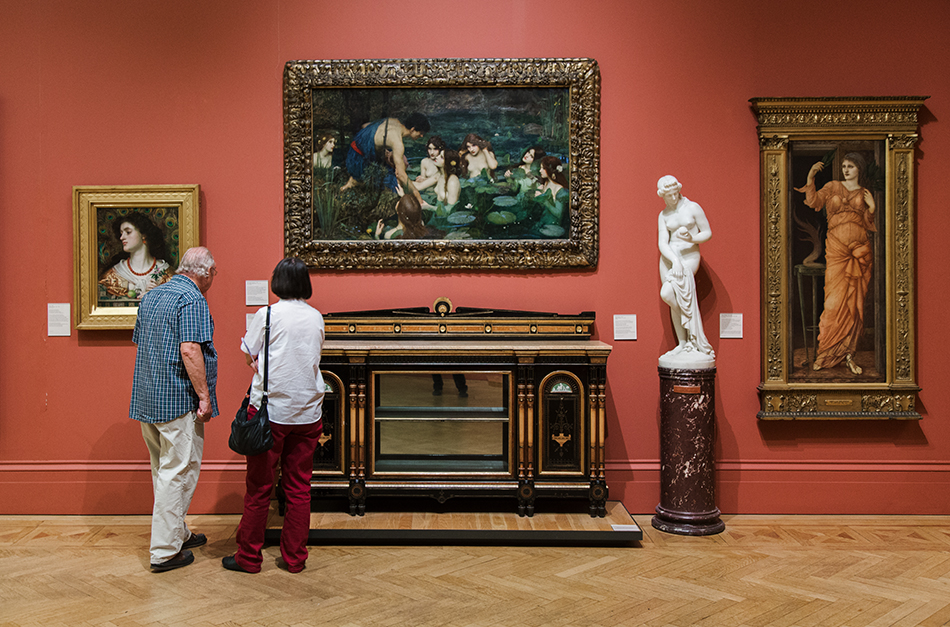
Composition and Symbolism
The Central Figures
The painting centers on Hylas, a lone male figure, surrounded by a ring of nymphs who emerge from the water. Hylas is depicted as youthful and vulnerable, his hesitant posture suggesting both curiosity and unease. The nymphs, in stark contrast, are self-assured and alluring, their ethereal beauty emphasized by their pale skin and flowing hair.
The Water and the Natural Setting
The still, reflective water enhances the dreamlike atmosphere, symbolizing both allure and peril. The dark, shadowy tones of the background contrast with the luminous figures of the nymphs, drawing the viewer’s eye to their mesmerizing beauty.
The Nymphs’ Seductive Power
Waterhouse’s nymphs are emblematic of the duality of nature in mythology: they are both enchanting and dangerous. Their intent gazes and synchronized movements create a sense of inevitability, as if Hylas is already ensnared.

Themes in Hylas and the Nymphs
- The Danger of Beauty: The nymphs’ allure represents the seductive yet perilous power of beauty. Their physical perfection contrasts with their predatory nature, reminding viewers of the darker aspects of desire.
- The Vulnerability of Youth: Hylas, with his delicate features and hesitant posture, embodies the vulnerability of innocence in the face of overwhelming temptation.
- Nature as Both Enchanting and Malevolent: The lush, verdant setting and tranquil water emphasize the beauty of nature, yet this same beauty conceals hidden dangers.
Artistic Style and Pre-Raphaelite Influences
Waterhouse was deeply inspired by the Pre-Raphaelite Brotherhood, particularly their fascination with mythological and literary subjects. Hylas and the Nymphs exemplifies this influence through its meticulous attention to detail, vibrant color palette, and emphasis on storytelling.
The painting also reflects Waterhouse’s unique style, blending the idealized beauty of the Pre-Raphaelites with a sense of psychological depth. The expressions of the nymphs, for example, range from seductive to almost indifferent, adding layers of complexity to the scene.
Reception and Legacy
At the time of its unveiling, Hylas and the Nymphs was celebrated for its technical brilliance and evocative storytelling. However, modern audiences have debated its portrayal of gender dynamics and its depiction of female figures as both enchanting and threatening.
The painting has also been the subject of controversy in contemporary times. In 2018, it was temporarily removed from display at the Manchester Art Gallery as part of a discussion on how artworks depicting the female form are viewed in modern society. The decision sparked widespread debate about censorship, art interpretation, and the role of museums.
Conclusion
Hylas and the Nymphs is a masterpiece that transcends its mythological subject, exploring universal themes of beauty, desire, and vulnerability. Waterhouse’s ability to combine exquisite detail with emotional resonance ensures that the painting remains a touchstone of Pre-Raphaelite art and a compelling meditation on the allure—and danger—of the unknown.
Whether viewed as a celebration of myth or a cautionary tale, Hylas and the Nymphs continues to enchant and provoke, securing its place as one of John William Waterhouse’s most iconic works.
John William Waterhouse
John William Waterhouse was a British painter known for his enchanting depictions of mythological and literary themes, characterized by rich colors, emotional depth, and a focus on female figures that often evoke a sense of longing and beauty.
 code: MASTER
code: MASTER 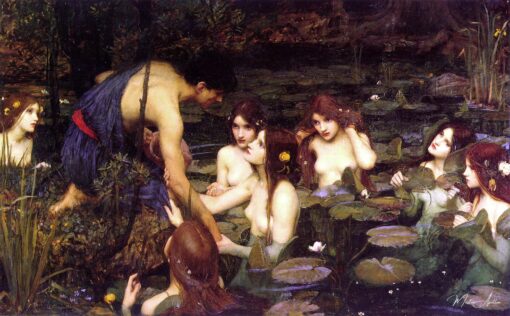
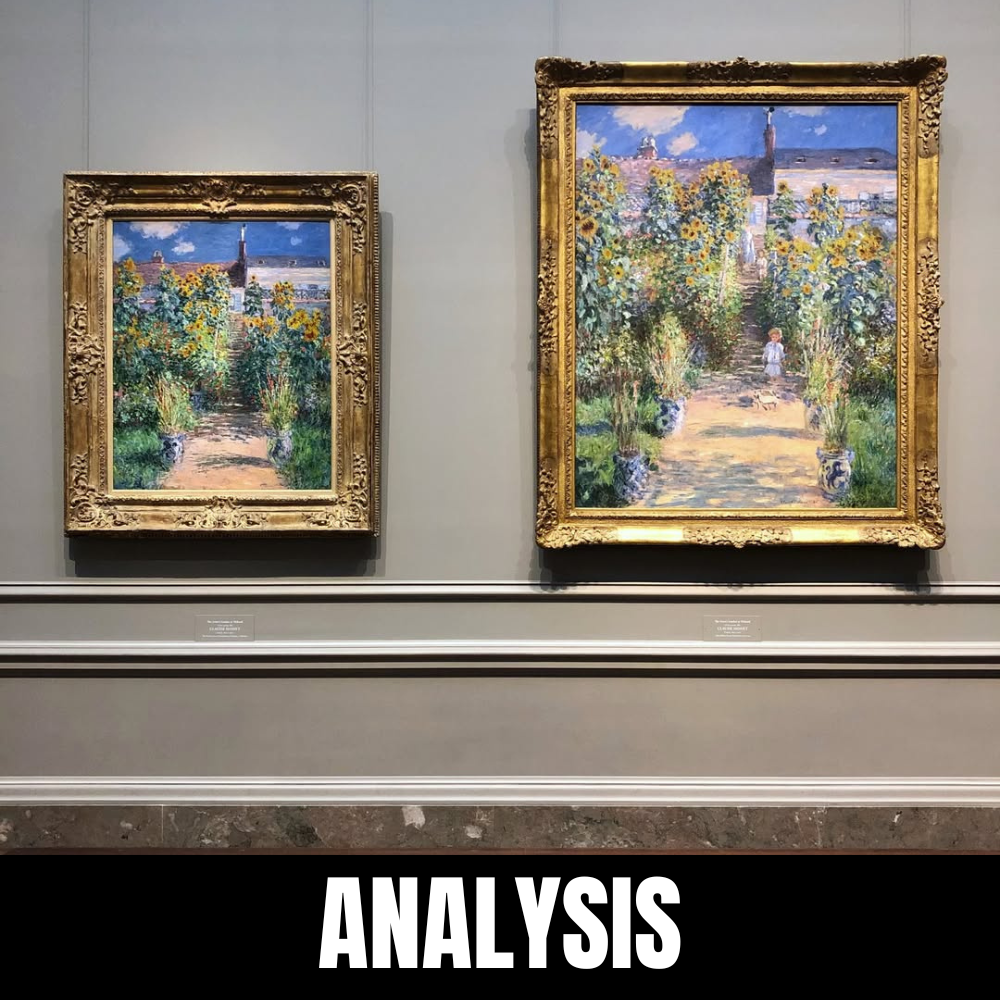
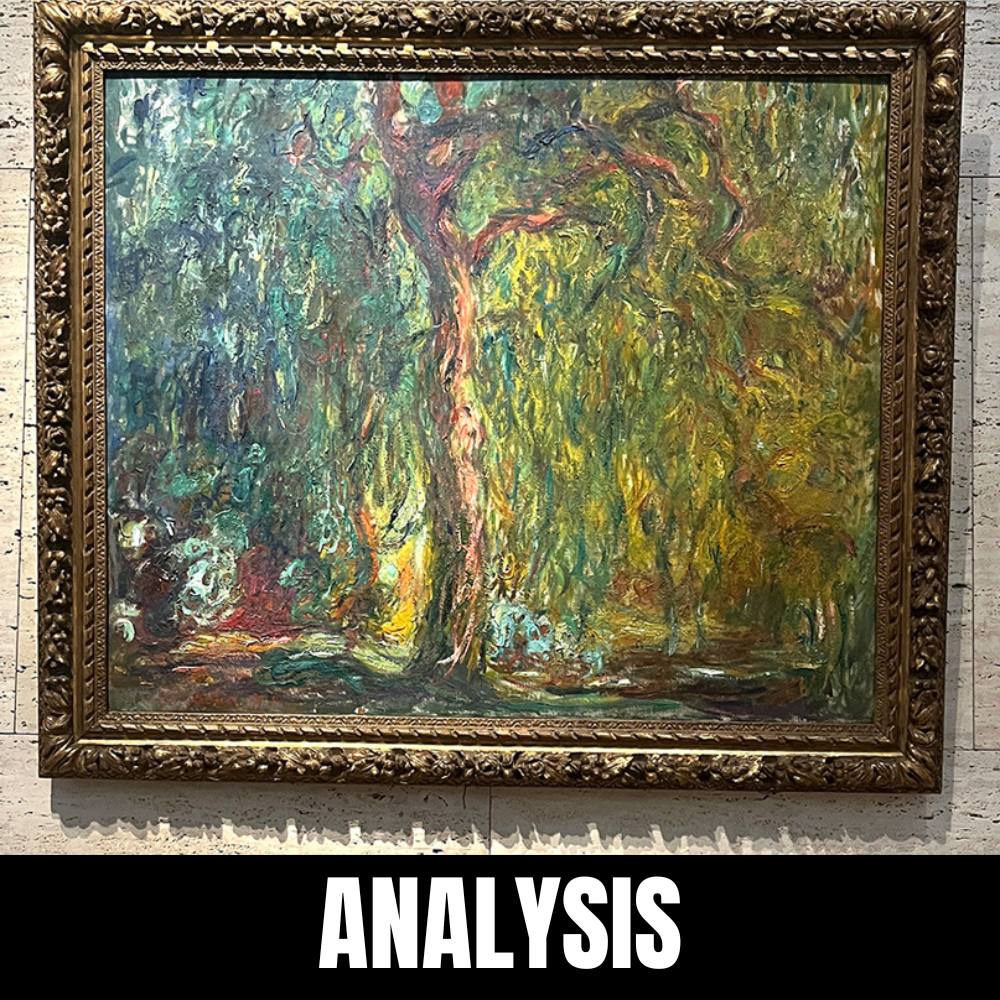
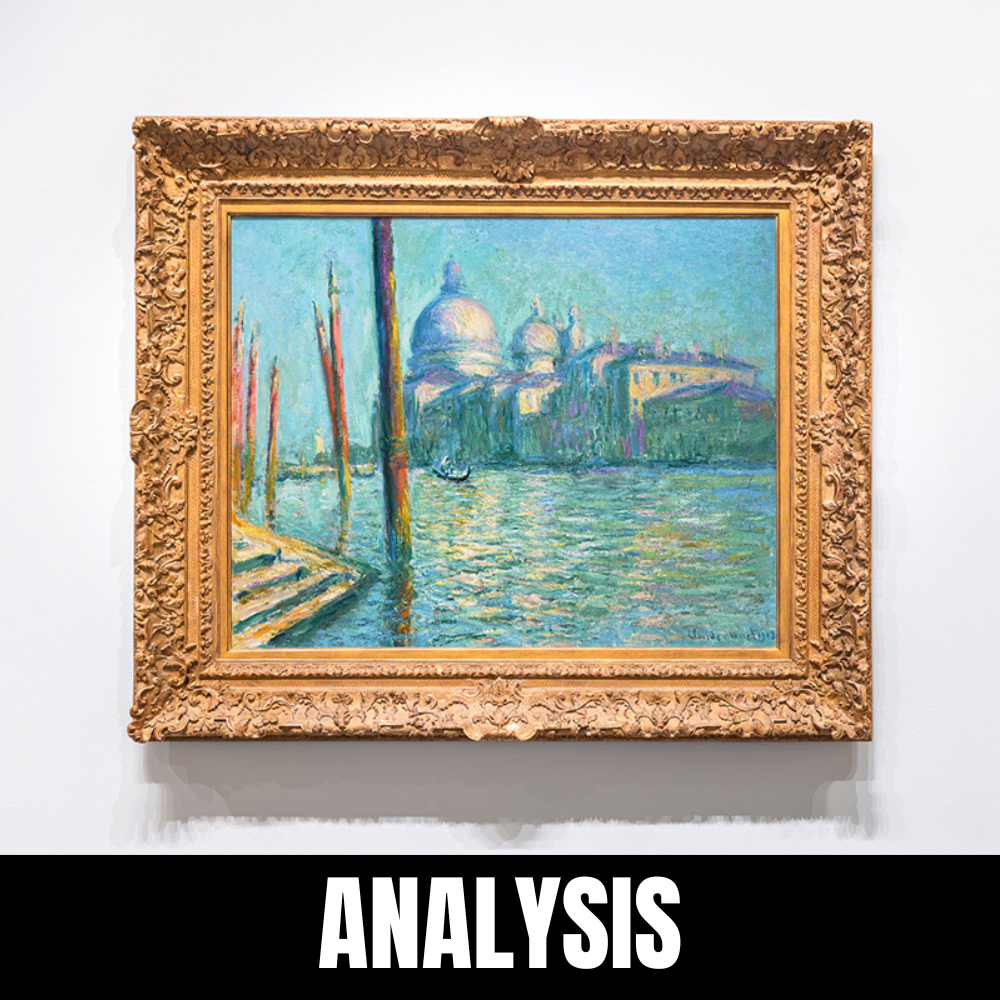
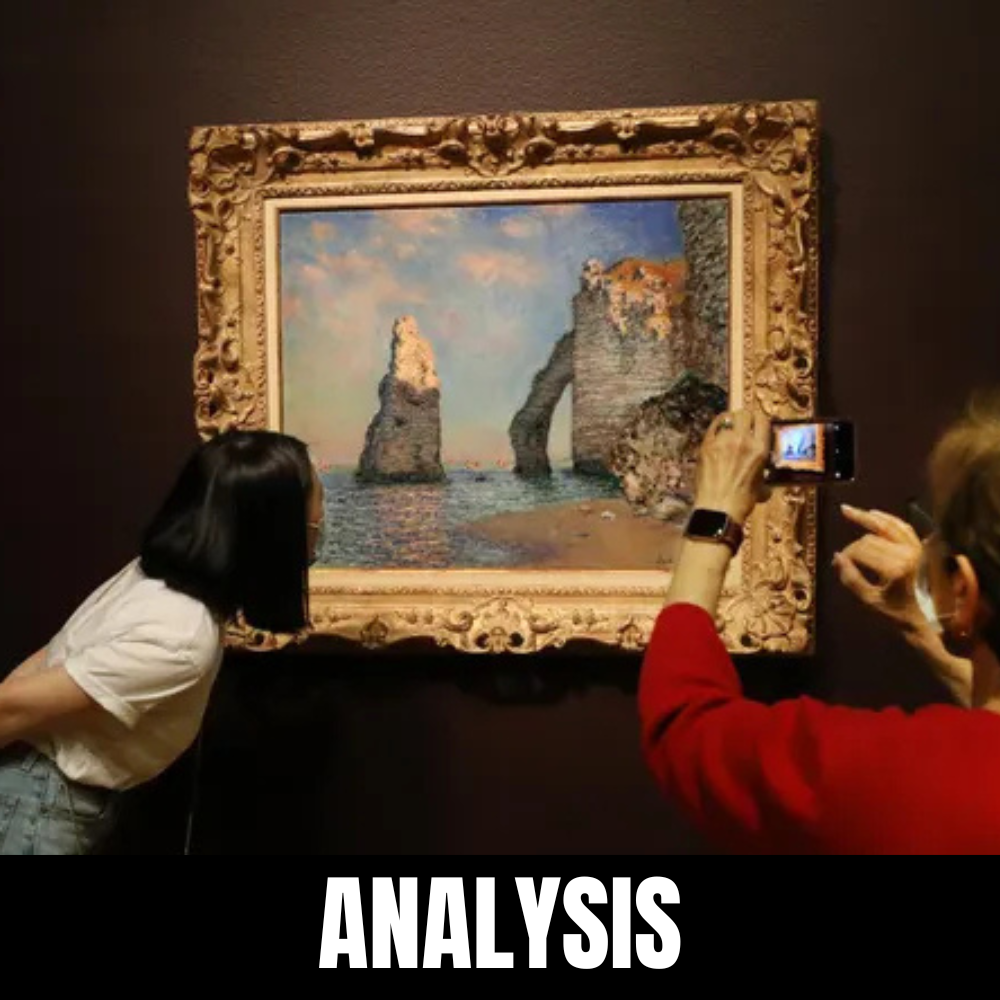
Leave a Reply